Home>Furniture & Design>Bathroom Accessories>What Happens When You Drop A Hairdryer In The Bathtub?
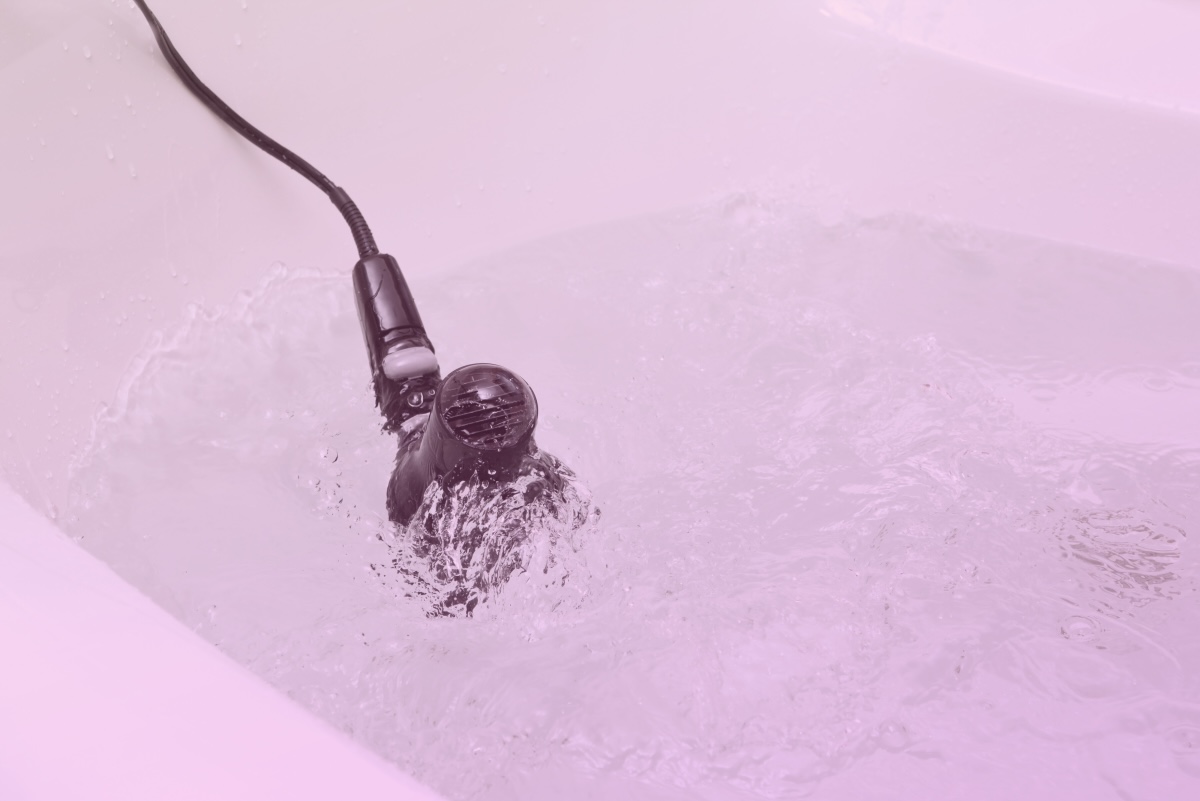

Bathroom Accessories
What Happens When You Drop A Hairdryer In The Bathtub?
Published: February 19, 2024
Discover the potential dangers of dropping a hairdryer in the bathtub and how to prevent accidents with the right bathroom accessories. Stay safe and informed!
(Many of the links in this article redirect to a specific reviewed product. Your purchase of these products through affiliate links helps to generate commission for Storables.com, at no extra cost. Learn more)
Introduction
Bathrooms are sanctuaries of relaxation and rejuvenation, where we cleanse our bodies and minds. However, it's crucial to remember that they are also spaces where water and electricity coexist. The combination of these two elements can be perilous, and it's essential to understand the potential dangers to ensure a safe and secure environment.
In this article, we will delve into the risks associated with mixing water and electricity in the bathroom, particularly focusing on the potential hazards of dropping a hairdryer in the bathtub. By shedding light on this critical topic, we aim to raise awareness and promote safety measures to prevent accidents and protect individuals from harm.
Water is a natural conductor of electricity, meaning it can easily transmit electrical currents. When electrical devices come into contact with water, the risk of electric shock and even electrocution becomes a stark reality. This is especially true in the confined space of a bathtub, where the presence of water amplifies the danger posed by electrical appliances.
As we explore the implications of water and electricity interacting in the bathroom, it's important to recognize that accidents can occur in the blink of an eye. A momentary lapse in judgment or a simple mishap can lead to catastrophic consequences. Therefore, understanding the potential outcomes of such incidents is crucial for maintaining a safe and secure bathroom environment.
In the subsequent sections, we will delve into the specific dangers of mixing water and electricity, the potential outcomes of dropping a hairdryer in the bathtub, and the essential safety precautions that individuals should adhere to in order to mitigate these risks. By equipping ourselves with knowledge and awareness, we can take proactive steps to safeguard against the perils of electrical accidents in the bathroom.
Key Takeaways:
- Don’t mix water and electricity in the bathroom! Dropping a hairdryer in the bathtub can cause electric shock, fires, and serious injuries. Follow safety tips to keep the bathroom safe.
- Keep electrical devices away from water, use battery-operated options, and educate family members on bathroom safety. Prioritize safety to prevent accidents and create a secure bathroom environment.
Read more: What Happens When You Drop In On Alexa
The Dangers of Mixing Water and Electricity
When water and electricity converge, the potential for perilous outcomes escalates significantly. In the context of a bathroom, where water is omnipresent and electrical appliances are frequently utilized, the risks associated with this combination cannot be overstated.
Water, being a natural conductor of electricity, has the ability to facilitate the transmission of electrical currents. This means that when electrical devices come into contact with water, the likelihood of electric shock and electrocution intensifies. The bathroom, with its close proximity to water sources such as sinks, bathtubs, and showers, becomes a high-risk zone for electrical accidents.
One of the primary dangers of mixing water and electricity in the bathroom is the increased likelihood of electric shock. Even a small amount of water can create a path for electrical currents to flow through, leading to potentially fatal consequences. This is particularly concerning when using electrical appliances near water sources, as a momentary slip or mishap could result in direct contact between the device and water, triggering a hazardous electrical discharge.
Furthermore, the combination of water and electricity poses a significant fire hazard. Faulty electrical appliances or wiring, when exposed to water, can lead to short circuits and electrical fires. In the confined space of a bathroom, where flammable materials such as towels and curtains are often present, the risk of a small electrical spark igniting a fire becomes a critical concern.
In addition to the immediate dangers posed by electric shock and fire, the long-term implications of water and electricity mishaps cannot be overlooked. Exposure to electrical currents in a wet environment can cause severe injuries, including burns, muscle contractions, and even cardiac arrest. Moreover, the psychological trauma resulting from such incidents can have lasting effects on individuals and their perception of bathroom safety.
By understanding the inherent dangers of mixing water and electricity, individuals can take proactive measures to minimize the associated risks. Through awareness, education, and adherence to safety protocols, it is possible to create a bathroom environment that prioritizes the well-being and security of its occupants. In the subsequent sections, we will delve into the specific implications of dropping a hairdryer in the bathtub and explore essential safety precautions to mitigate these risks.
What Happens When a Hairdryer is Dropped in the Bathtub
The scenario of a hairdryer inadvertently making contact with water in a bathtub is a chilling illustration of the grave dangers posed by the intersection of water and electricity. When a hairdryer, or any electrical appliance for that matter, comes into direct contact with water, the potential consequences are nothing short of catastrophic.
Upon immersion in water, the hairdryer, which is powered by electricity, becomes a conduit for electrical currents. Water, as a conductor of electricity, facilitates the flow of these currents, creating an extremely hazardous situation. The presence of water completes the circuit, allowing electricity to travel through the water and potentially reach the individual in the bathtub.
The immediate result of a hairdryer being dropped in the bathtub is the risk of electric shock. The individual in the bathtub, now exposed to the electrified water, becomes susceptible to a potentially fatal electrical discharge. Even a small amount of water can provide enough conductivity for the electrical current to pass through the body, leading to severe injury or even death.
Furthermore, the combination of a hairdryer and water in the bathtub poses a significant risk of electrocution. The human body, when in contact with electrified water, can experience muscle contractions, cardiac arrhythmias, and respiratory paralysis, all of which can have life-threatening implications. The potential for electrocution in this scenario is alarmingly high, underscoring the critical need for vigilance and precaution.
In addition to the immediate dangers of electric shock and electrocution, the presence of a hairdryer in the bathtub introduces the risk of electrical fires. The exposure of the hairdryer's electrical components to water can lead to short circuits and sparks, potentially igniting a fire in the confined space of the bathroom. The combination of water and electricity, when coupled with flammable materials commonly found in bathrooms, creates a volatile environment that can result in a devastating fire.
The implications of dropping a hairdryer in the bathtub extend beyond the immediate physical dangers. The psychological impact of such an incident can be profound, instilling fear and anxiety regarding the use of electrical appliances in the bathroom. The sense of security and comfort associated with the sanctuary of the bathtub is shattered, replaced by a heightened awareness of the potential hazards lurking within this seemingly tranquil space.
In essence, the convergence of a hairdryer and water in the bathtub epitomizes the grave risks associated with mixing electricity and water in the bathroom. The potential for electric shock, electrocution, and electrical fires underscores the critical importance of exercising caution and implementing stringent safety measures to prevent such harrowing scenarios from unfolding.
By gaining a comprehensive understanding of the potential outcomes of dropping a hairdryer in the bathtub, individuals can cultivate a heightened awareness of the inherent dangers and take proactive steps to safeguard against electrical accidents in the bathroom. Through education, vigilance, and adherence to safety protocols, it is possible to mitigate the risks and create a secure environment that prioritizes the well-being of all who inhabit it.
Never use electrical appliances near water. Water is a good conductor of electricity, and dropping a hairdryer in the bathtub can result in a dangerous electric shock or even electrocution. Always keep electrical devices away from water to stay safe.
Safety Precautions to Avoid Accidents
Implementing stringent safety precautions is paramount in mitigating the risks associated with mixing water and electricity in the bathroom. By adhering to proactive measures and integrating safety protocols into daily routines, individuals can create a secure environment that prioritizes the well-being of all occupants.
-
Keep Electrical Devices Away from Water Sources: It is imperative to maintain a strict separation between electrical appliances and water sources in the bathroom. Store hairdryers, electric shavers, and other devices in designated areas away from sinks, bathtubs, and showers to minimize the risk of accidental contact with water.
-
Install Ground Fault Circuit Interrupters (GFCIs): GFCIs are designed to swiftly cut off power in the event of electrical faults, providing crucial protection against electric shock. Installing GFCIs in bathroom outlets can significantly reduce the risk of electrical accidents by swiftly interrupting the circuit when irregularities are detected.
-
Regular Maintenance and Inspection of Electrical Devices: Routinely inspecting and maintaining electrical devices is essential for identifying and addressing potential hazards. Check cords, plugs, and outlets for signs of wear or damage, and promptly replace any compromised components to prevent electrical mishaps.
-
Utilize Battery-Operated Devices: Opting for battery-operated alternatives, such as battery-powered razors or toothbrushes, can eliminate the risk of electrical accidents altogether. By utilizing battery-operated devices in the bathroom, individuals can mitigate the dangers associated with using electrical appliances near water sources.
-
Educate Household Members on Bathroom Safety: Promoting awareness and understanding of bathroom safety among household members is crucial. Educate family members, especially children, about the potential dangers of mixing water and electricity, and emphasize the importance of adhering to safety guidelines in the bathroom.
-
Unplug Devices When Not in Use: When electrical devices are not in use, ensure they are promptly unplugged from outlets to minimize the risk of accidental contact with water. This simple yet effective practice can prevent potential electrical mishaps and enhance overall bathroom safety.
-
Seek Professional Electrical Inspections: Engaging the services of a qualified electrician for periodic electrical inspections can provide invaluable insights into potential hazards and ensure that the bathroom's electrical systems are in optimal condition, thereby reducing the risk of accidents.
-
Exercise Caution with Extension Cords: If extension cords are necessary in the bathroom, exercise caution and ensure they are positioned away from water sources. Avoid overloading extension cords and refrain from using them in proximity to sinks, bathtubs, or showers to prevent electrical hazards.
By integrating these safety precautions into daily routines and fostering a culture of vigilance and awareness, individuals can significantly reduce the risks associated with mixing water and electricity in the bathroom. Prioritizing safety, education, and proactive measures is essential in creating a secure and harmonious bathroom environment that safeguards against the perils of electrical accidents.
Conclusion
In conclusion, the intersection of water and electricity in the bathroom presents a myriad of potential dangers, underscoring the critical need for heightened awareness and stringent safety measures. The scenario of dropping a hairdryer in the bathtub serves as a chilling reminder of the grave risks associated with mixing electrical appliances and water sources. The potential outcomes of such an incident, including electric shock, electrocution, and electrical fires, highlight the imperative of prioritizing safety and implementing proactive precautions to mitigate these hazards.
By gaining a comprehensive understanding of the dangers posed by water and electricity convergence, individuals can take proactive steps to create a secure bathroom environment. The implementation of stringent safety protocols, such as keeping electrical devices away from water sources, installing GFCIs, and utilizing battery-operated alternatives, can significantly reduce the risk of electrical accidents. Furthermore, educating household members on bathroom safety and seeking professional electrical inspections are pivotal in fostering a culture of vigilance and awareness.
It is essential to recognize that the implications of mixing water and electricity extend beyond the immediate physical dangers. The psychological impact of electrical accidents in the bathroom can be profound, instilling fear and anxiety regarding the use of electrical appliances. By prioritizing safety and adhering to proactive measures, individuals can cultivate a sense of security and comfort in the bathroom, ensuring that it remains a sanctuary of relaxation and rejuvenation.
In essence, the potential dangers of dropping a hairdryer in the bathtub serve as a poignant reminder of the critical importance of exercising caution and implementing stringent safety precautions in the bathroom. By fostering a culture of awareness, education, and proactive measures, individuals can create a secure environment that prioritizes the well-being of all who inhabit it. Through these collective efforts, the risks associated with mixing water and electricity can be effectively mitigated, ensuring that the bathroom remains a safe and tranquil space for all.
Frequently Asked Questions about What Happens When You Drop A Hairdryer In The Bathtub?
Was this page helpful?
At Storables.com, we guarantee accurate and reliable information. Our content, validated by Expert Board Contributors, is crafted following stringent Editorial Policies. We're committed to providing you with well-researched, expert-backed insights for all your informational needs.
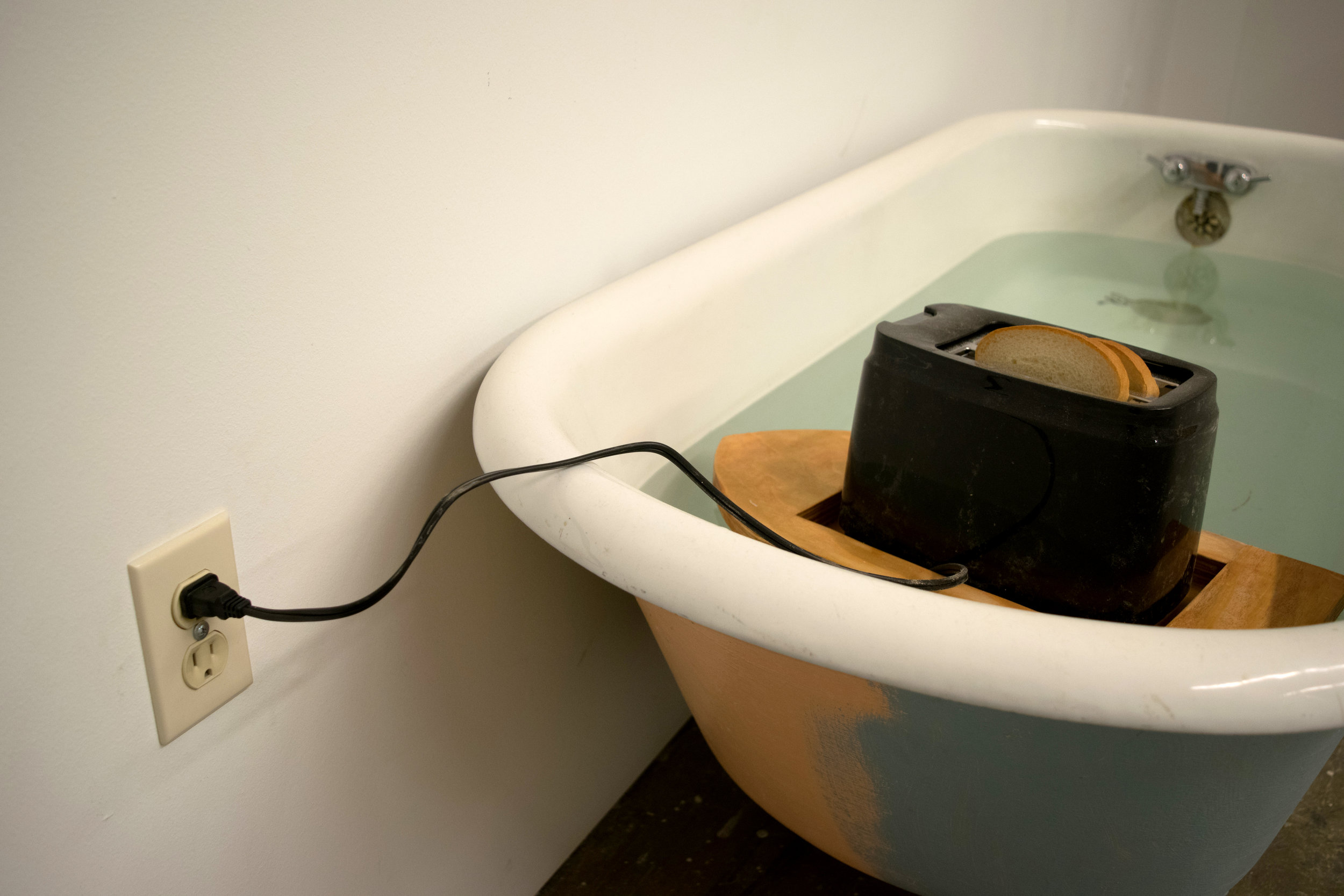

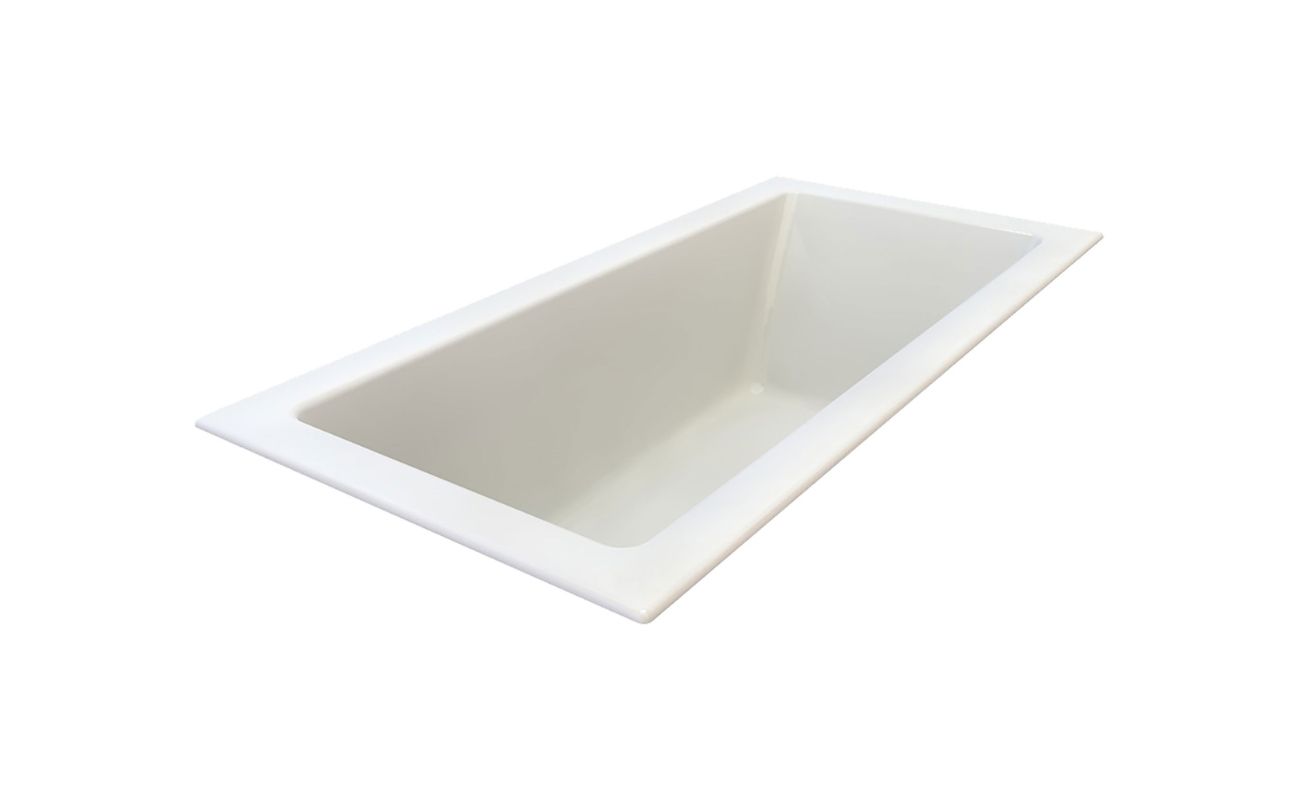
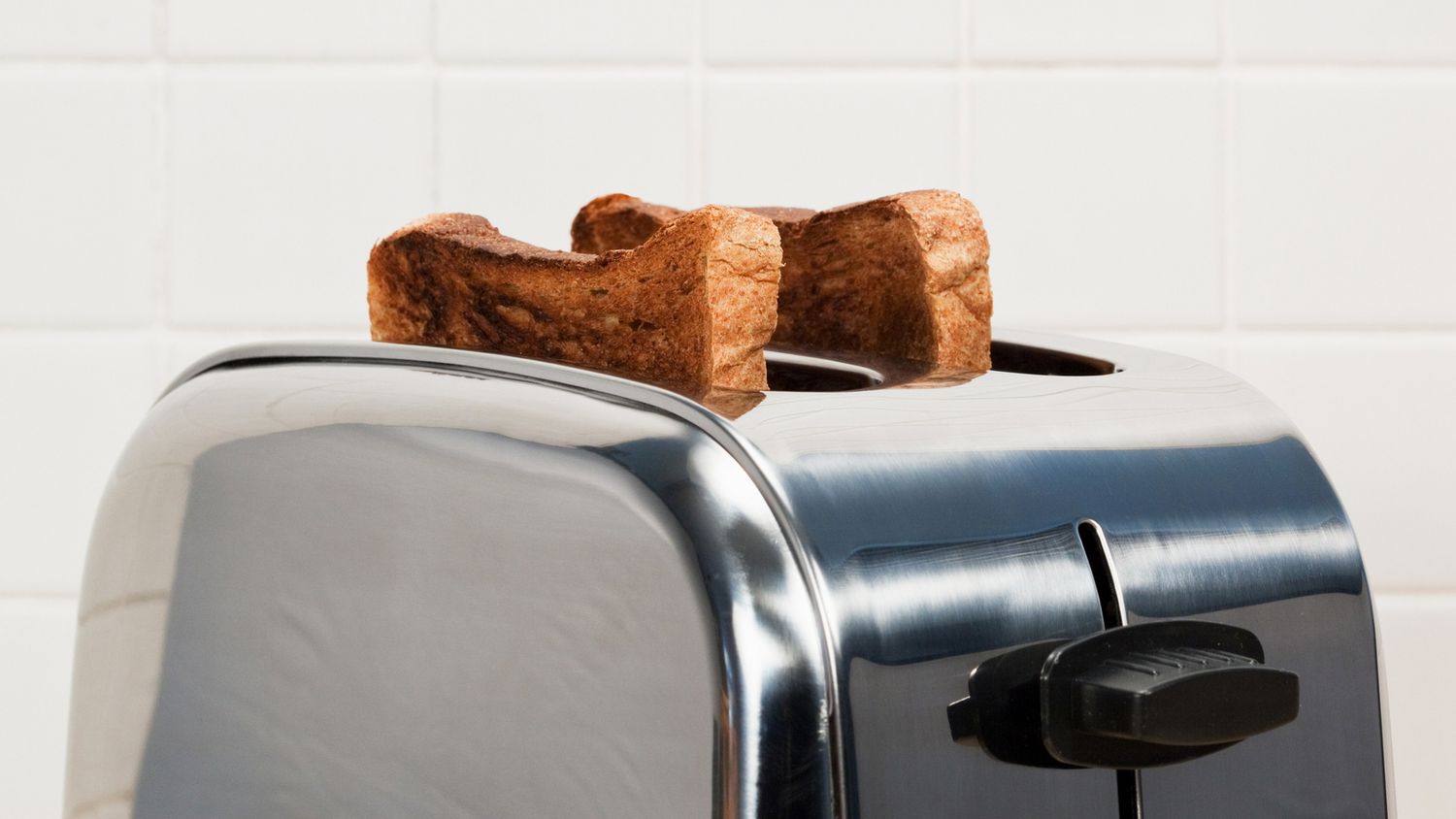


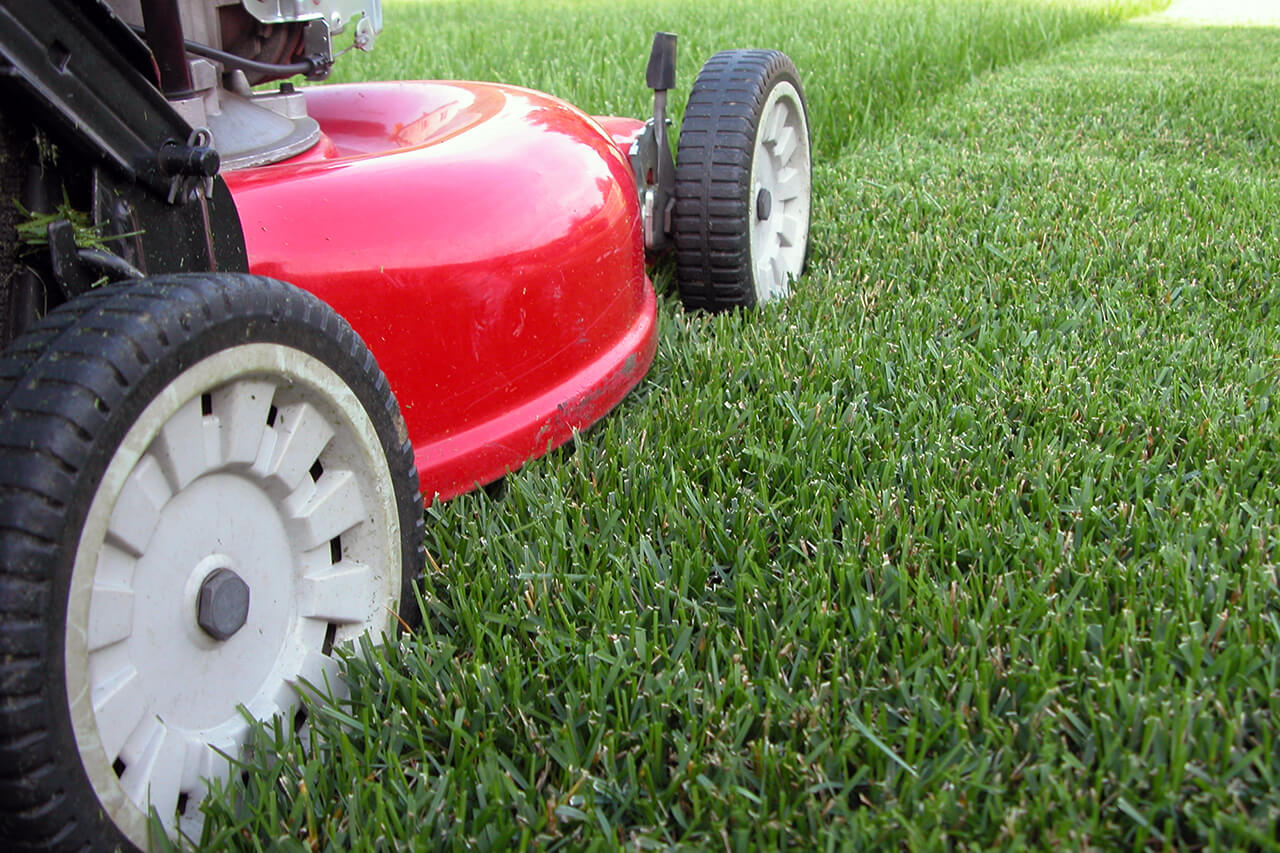
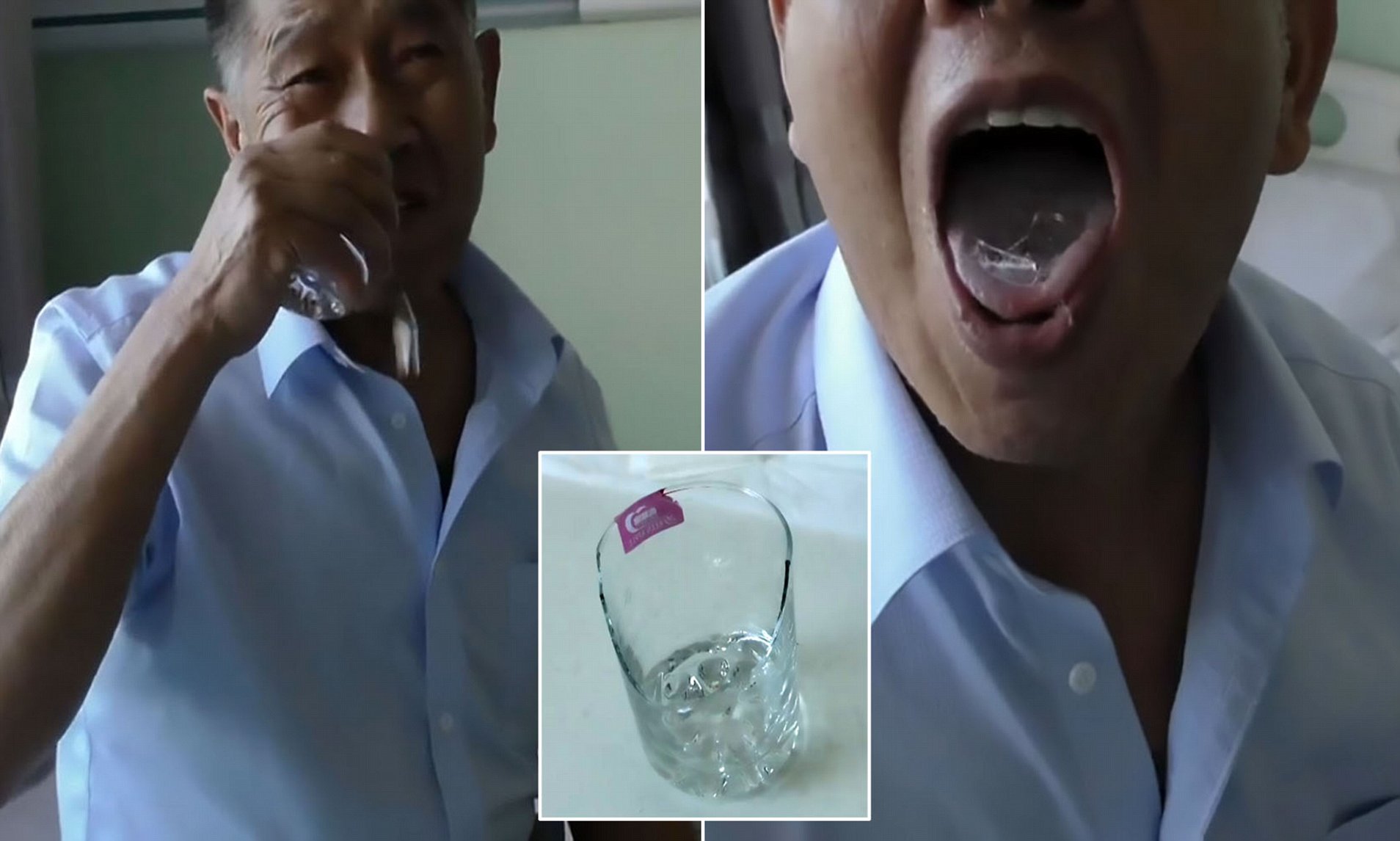
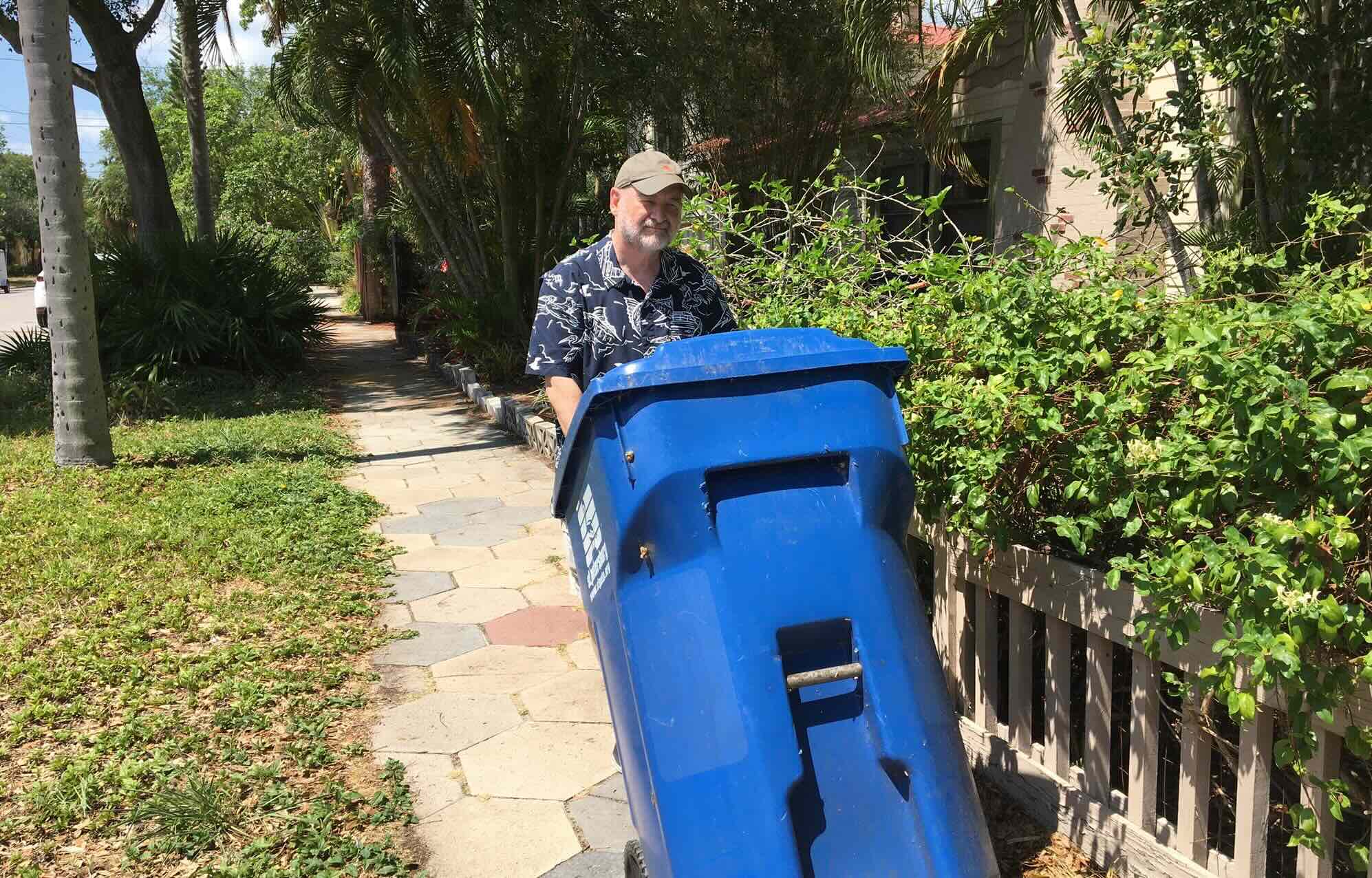







0 thoughts on “What Happens When You Drop A Hairdryer In The Bathtub?”